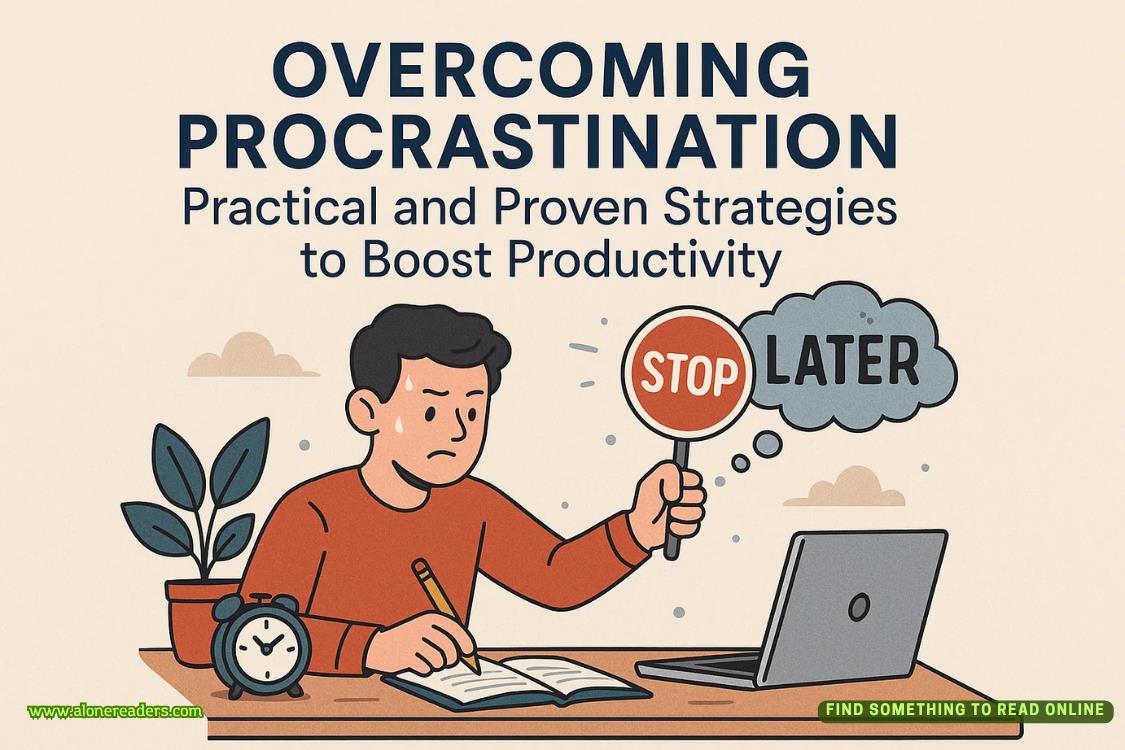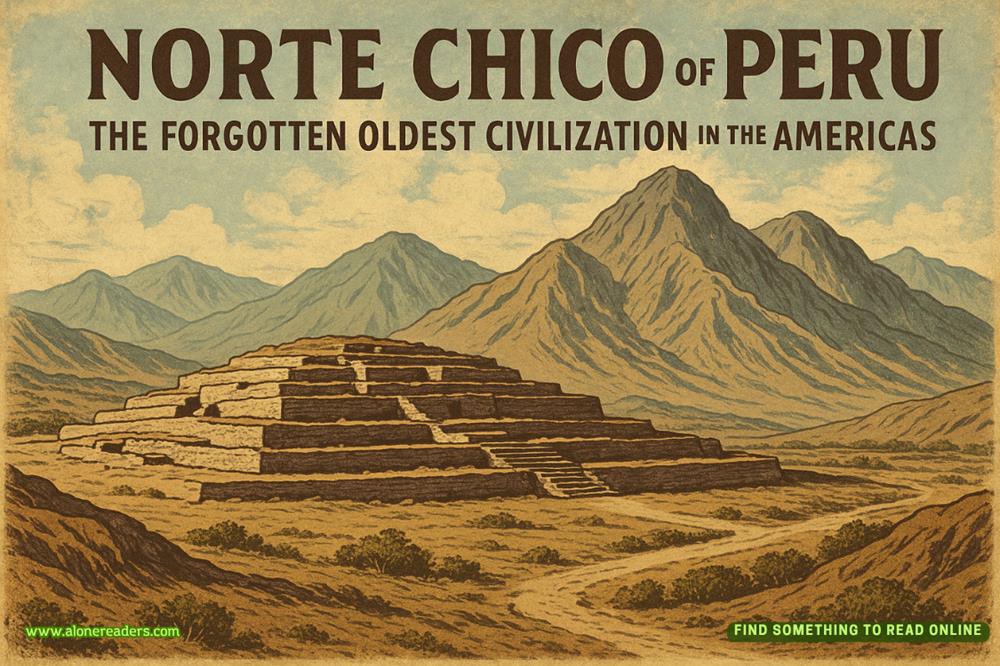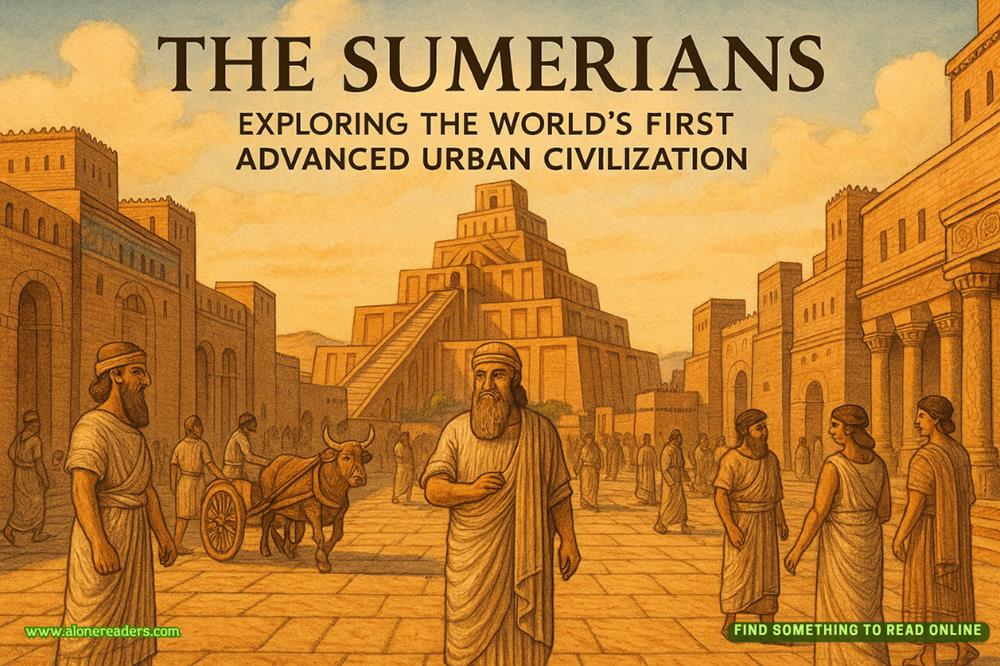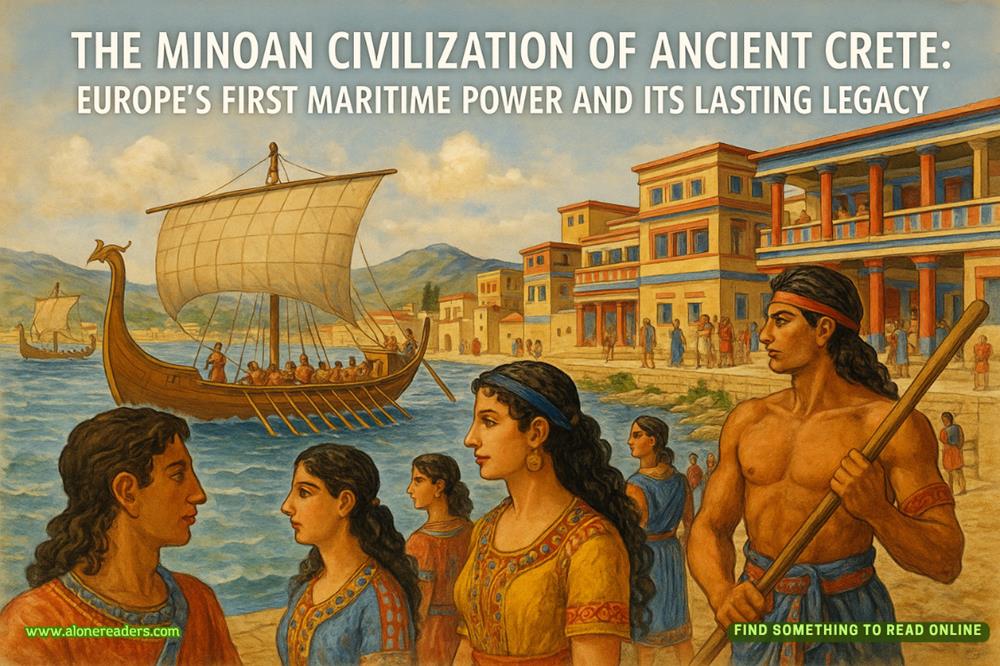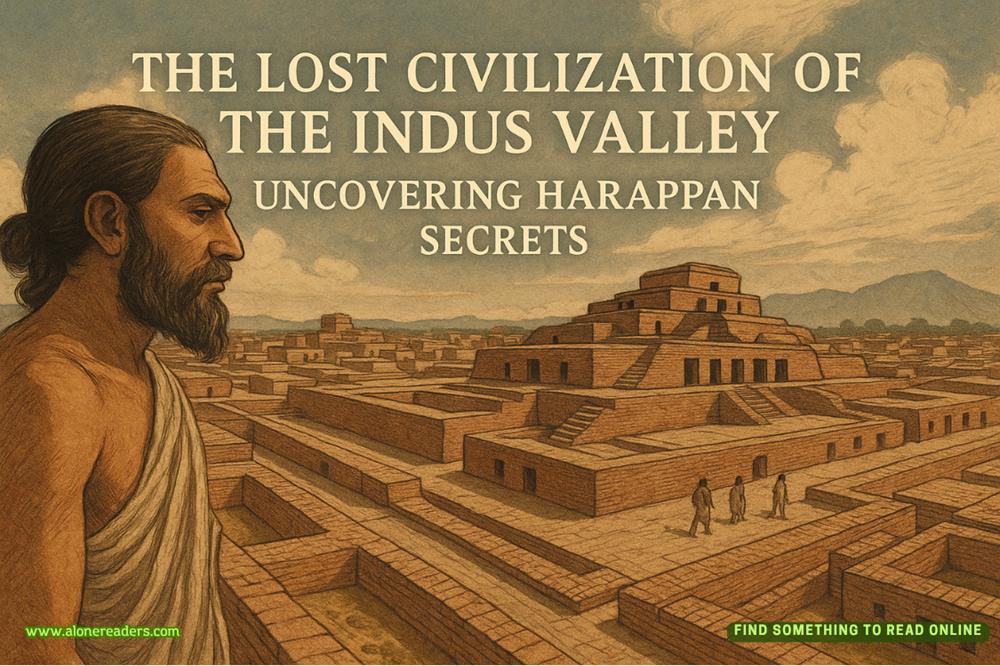Page 135 of Project Hail Mary
“Okay, I didn’t know that,” I said.
“Now you do. I’m gonna get that Astrophage now. I’ve got to make sure these beetles will be able to…‘Get Back.’ ”
“Okay.”
He frowned. “ ‘Get Back.’ It’s a song. It’s by the Beatles.”
“Sure. Okay.”
He spun on his heel and left. “Some people got no appreciation for the classics.”
I was left confused in his wake. Pretty sure I wasn’t the first.
Rocky was dumbfounded by relativity. For the first couple of hours, he simply refused to believe me. But then, as I showed more and more about how it explained his trip, he came around. He doesn’t like it, but he accepts that the universe uses rules that are much more complicated than we can see.
And since then, we’ve spent an eternity making chain.
I made molds as fast as I could and Rocky cranked out links as fast as xenonite would set. It was a good system—one with a geometric progression of results. Every new mold I made added one to the number of links Rocky could make per batch.
Chain, chain, chain.
If I never see another chain again in my life, it will be too soon. Ten kilometers of chain—each link just 5 centimeters long. That’stwo hundred thousandlinks. Each one connected by hand or claw. It worked out to each of us working eight hours per day fortwo weeksdoing nothing but connecting links.
I saw chain whenever I closed my eyes. I dreamed of chain every night. One of my dinner packets was spaghetti and all I could see were smooth, white chains instead of noodles.
But we got it done.
Once we had all the links made, we assembled them in parallel. We both made ten-meter lengths that we linked into twenties, and so on. At least we could be efficient that way. The tricky part was putting it all somewhere. Ten kilometers is alotof chain.
The lab ended up being sort of a holding area. And even then, it just wasn’t big enough. Rocky—ever the talented engineer—made large spools that could just barely fit through the airlock. With a whole bunch of EVAs, I mounted them to the hull. Then I stored the chain on them in 500-meter chunks. But of course, to do EVAs I had to spin down the centrifuge. So everything from that point on was in zero g.
Ever assemble chain in zero g? It’s not fun.
The final assembly of those 500-meter chunks was challenging, to say the least. I had to connect all twenty of them together while wearing my EVA suit. Fortunately, I had the manipulator device from the IVME. NASA didn’t intend for it to be a chain-making tool, but that’s what I used it for.
Now Rocky and I float in the control room. He’s in his bulb and I’m in my pilot’s seat.
“Status of probe?” I say.
Rocky checks his readouts.“Device is functioning.”
Rocky did a good job on the sampler probe. At least, I think he did. Engineering isn’t my forte.
The sampler is a steel sphere, 20 centimeters across. It has a nice, thick ring on top that connects to the chain. Small holes perforate the sphere along its equator. They lead to a hollow inner chamber. There’s a pressure sensor in there and a few actuators. The pressure sensor knows when the probe is at the right altitude, and will trigger the actuator to seal off the chamber. It’s a simple matter of rotating the inner chamber shell a few degrees to deliberately misalign the holes in the outer sphere. That misalignment, along with some well-placed gaskets, will seal the local air in the chamber.
He also added a thermometer and heater in there. Once the sampler seals, the heater will maintain whatever temperature the air inside started at. Simple stuff, really, but I hadn’t thought of it. Life can be pretty picky about temperature ranges.
The only remaining piece is a small radio transmitter that broadcasts a weird analog signal I wasn’t able to read or decode with my equipment. Apparently it’s a very standard Eridian data connection. But he has the receiver for it and that’s what matters.
Just like that, with minimal complication, Rocky had made a life-support system for Adrian life-forms—a system that didn’t need to know the conditions to provide in advance. It just maintains the status quo.
He really is a genius. I wonder if all Eridians are like that, or if he’s special.
“I guess…we’re ready?” I say. I’m not exactly brimming with confidence.
“Yes,”he quavers.
I strap myself into the pilot’s seat. He uses three of his hands to grip handholds in his bulb.

